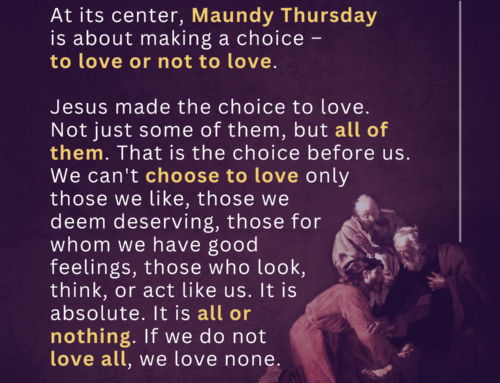There is a perennial tradition that intertwines throughout all religions. It is profoundly simple in nature yet remarkably hard to actually live by. We call it the Golden Rule. In Matthew’s Gospel, this rule is embedded within the Sermon on the Mount, the clarion call of the ethos of those who follow Christ. It is recorded in the Common English Version as, “You should treat people in the same way that you want people to treat you.”
Just to be sure, Jesus isn’t the only sage who admonished us to be thoughtful of others. Buddhism says it this way, “Hurt not others with that which pains yourself.” Hinduism admonishes, “This is the sum of duty: do naught to others which if done to you, would cause you pain.” Islam instructs, “None of you is a believer until he loves for his brother (neighbor) what he loves for himself.” Lastly, Confucianism states, “Is there any one maxim which ought to be acted upon throughout one’s whole life? Surely the maxim of lovingkindness is such—Do not unto others what you would not they should do to you.”
As you can see, this sentiment of treating others as we would want to be treated is a root of love enacted. Each tradition shared, and many more, admonish its followers to pay attention to the way we treat others. For it is in this treatment that we both release grace and love into the world or release pain and suffering. As stated earlier, it is a simple formula to learn, but history reveals it is quite difficult to continually live by. Why is that? Some will say our nature is self-preservation so we are thoughtful of our needs first, then others. Others will say that there is a battle of ego erupting within and where the ego is involved, me always precedes we. Still others will say that this is an ideal that history has proven is unattainable. I wonder, how has the Golden rule shaped the way in which you have engaged others—whether friend or foe?






